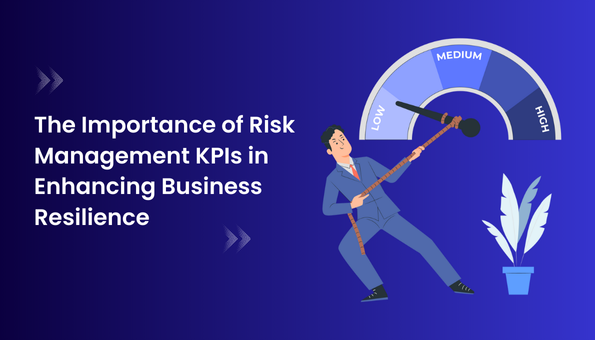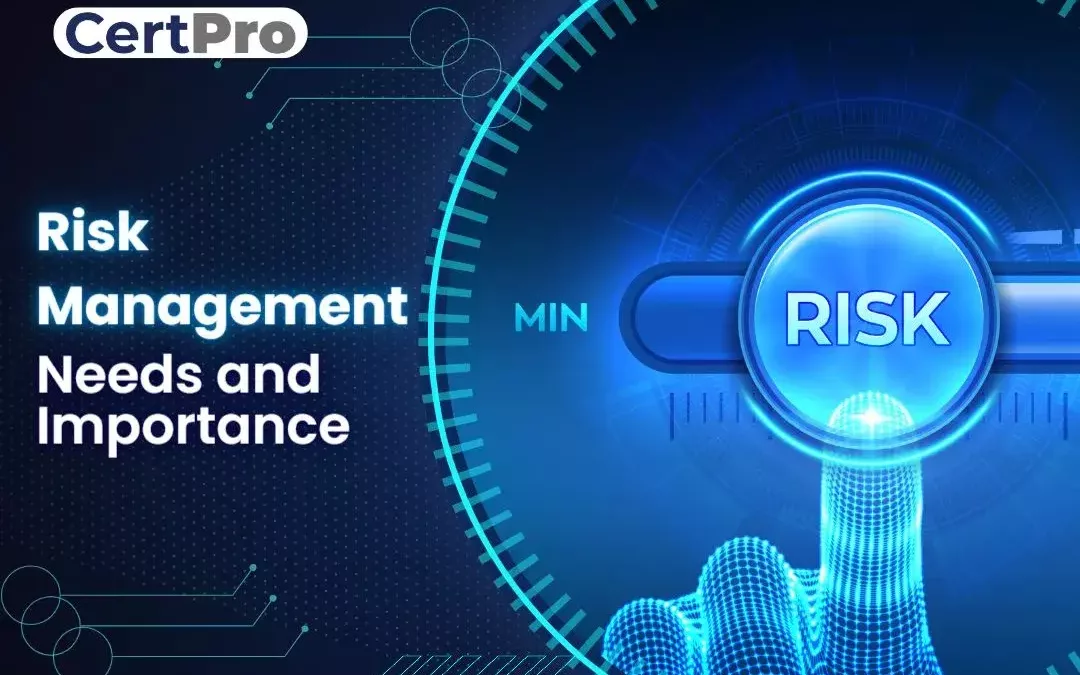Discovering the Relevance of Risk Management for Effective Decision-Making Strategies
In the intricate world of service, Risk Management arises as an important aspect in the decision-making process. The ability to determine potential risks and opportunities, and strategize accordingly, can spell the distinction between success and failing.
Understanding the Idea of Risk Management
Risk Management, a vital part in decision-making, is typically misunderstood or oversimplified. Typically, it describes the recognition, evaluation, and prioritization of risks to decrease, check, and regulate the likelihood or impact of unfavorable occasions. It's not simply concerning protecting against unfavorable end results, yet also about acknowledging possible chances. Risk Management entails organized and regimented techniques, utilizing information and informative evaluations. It requires a detailed understanding of the company's context, objectives, and the prospective threats that can combat them. From financial unpredictabilities, lawful responsibilities, strategic Management errors, to accidents and natural catastrophes, it attends to various risks. Significantly, efficient Risk Management is not stationary; it's a continual, positive procedure that advances with transforming scenarios.
The Duty of Risk Management in Decision-Making Processes
In the realm of calculated planning and service procedures, Risk Management plays an essential role in decision-making procedures. Risk Management hence comes to be an important tool in decision-making, aiding leaders to make educated options based on a detailed understanding of the threats entailed. Risk Management offers as a vital element in the decision-making procedures of any kind of company.

How Risk Management Boosts Strategic Preparation
In the context of critical planning, Risk Management plays a critical duty. Initiating with the recognition of potential threats, it additionally reaches the execution of Risk reduction procedures. The role of Risk Management is not static yet dynamic, as it demands constant tracking and adjusting of approaches.
Identifying Prospective Dangers

Executing Risk Mitigation
Having developed the relevance of recognizing prospective risks, the next step is to discover Risk mitigation. This process entails developing and carrying out techniques to manage recognized dangers successfully. It is an essential facet of critical preparation as it improves decision-making by minimizing possible adverse end results. Risk mitigation techniques can vary from Risk evasion, Risk transfer, to take the chance of reduction. Each technique should be customized to the details Risk, considering its possible effect and the organization's Risk resistance. Reliable Risk reduction requires a deep understanding of the Risk landscape and the possible influence of each Risk. This understanding makes it possible for organizations to focus on dangers and assign sources successfully, ensuring that the most significant threats are addressed initially.
Monitoring and Adjusting Methods
Though Risk reduction is a vital action in tactical planning, continual tracking and adjustment of these strategies is similarly essential. It likewise supplies an opportunity to examine the success of the Risk Management measures, allowing adjustments to be made where needed, further boosting tactical preparation. Surveillance and readjusting Risk Management approaches is a crucial part for boosting a company's durability and tactical planning.
Case Researches: Successful Risk Management and Decision-Making
On the planet of organization and finance, effective Risk Management and decision-making commonly act as the pillars of prosperous enterprises. One such entity is a multinational oil firm that reduced economic loss by hedging against changing oil prices. In another circumstances, a tech startup thrived by recognizing and accepting risky, high-reward methods in a volatile market. An international bank, confronted with regulatory uncertainties, effectively browsed this article the circumstance with positive Risk evaluation and vibrant decision-making. These situations highlight the value of sharp Risk Management in decision-making procedures. It is not the absence of Risk, but the Management of it, that usually separates successful firms from unsuccessful ones. These instances emphasize the critical duty of Risk Management in tactical decision-making. importance of risk management.
Devices and Strategies for Efficient Risk Management
These tools, such as Risk registers and warm maps, aid in recognizing and analyzing potential dangers. Risk reaction methods, a key part of Risk Management, entail accepting, preventing, transferring, or mitigating threats. With these devices and methods, decision-makers can navigate the complex landscape of Risk Management, thereby assisting in educated and effective decision-making.
Future Patterns in Risk Management and Decision-Making Strategies
As we discover my company the huge landscape of Risk Management, it ends up being evident that the strategies and devices utilized today will proceed to evolve. The principle of Risk society, where every member of an organization is mindful and included in Risk Management, will certainly obtain much more prestige. These trends advertise an even more positive and inclusive method in the direction of Risk Management and decision-making.
Final thought

Risk Management thus becomes a vital tool in decision-making, aiding leaders to make informed choices based on a comprehensive understanding of the dangers involved. Risk mitigation approaches can range from Risk evasion, Risk transfer, to run the risk of decrease (importance of risk management). Reliable Risk mitigation needs a deep understanding of the Risk landscape and the possible influence of each Risk. Risk response strategies, an essential element of Risk Management, involve approving, staying look at this now clear of, moving, or mitigating dangers. The concept of Risk culture, where every member of a company is conscious and included in Risk Management, will gain extra importance